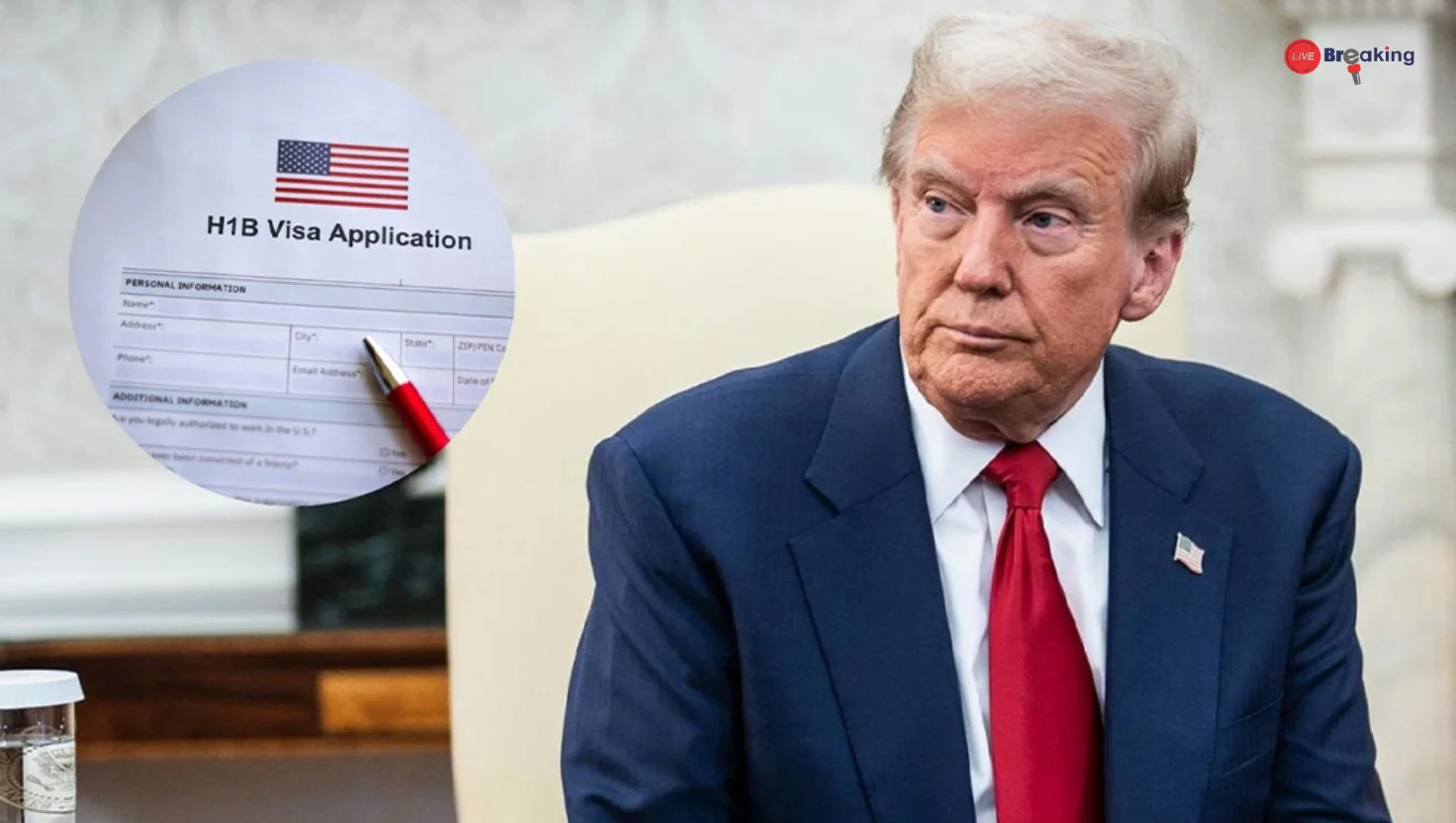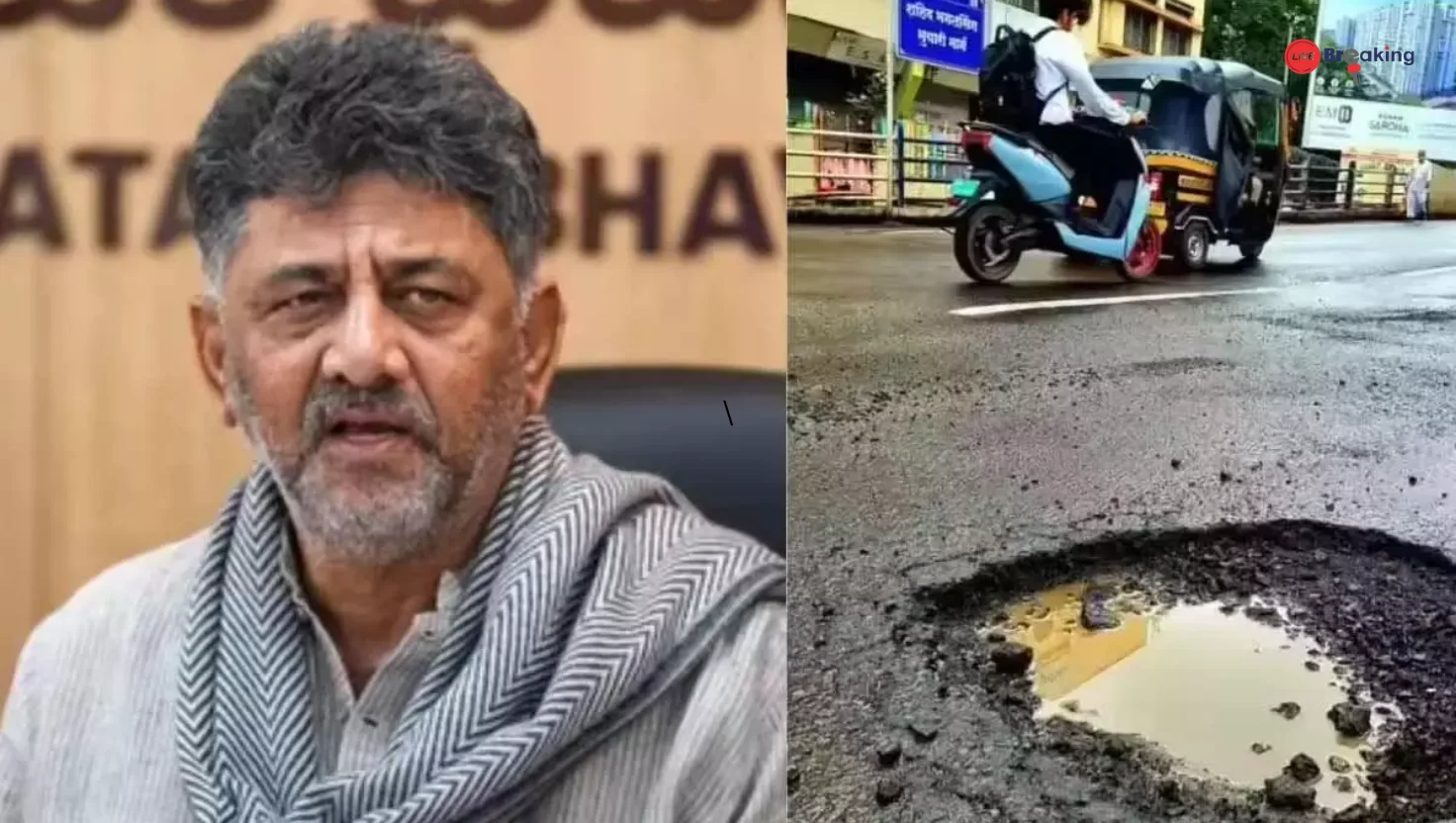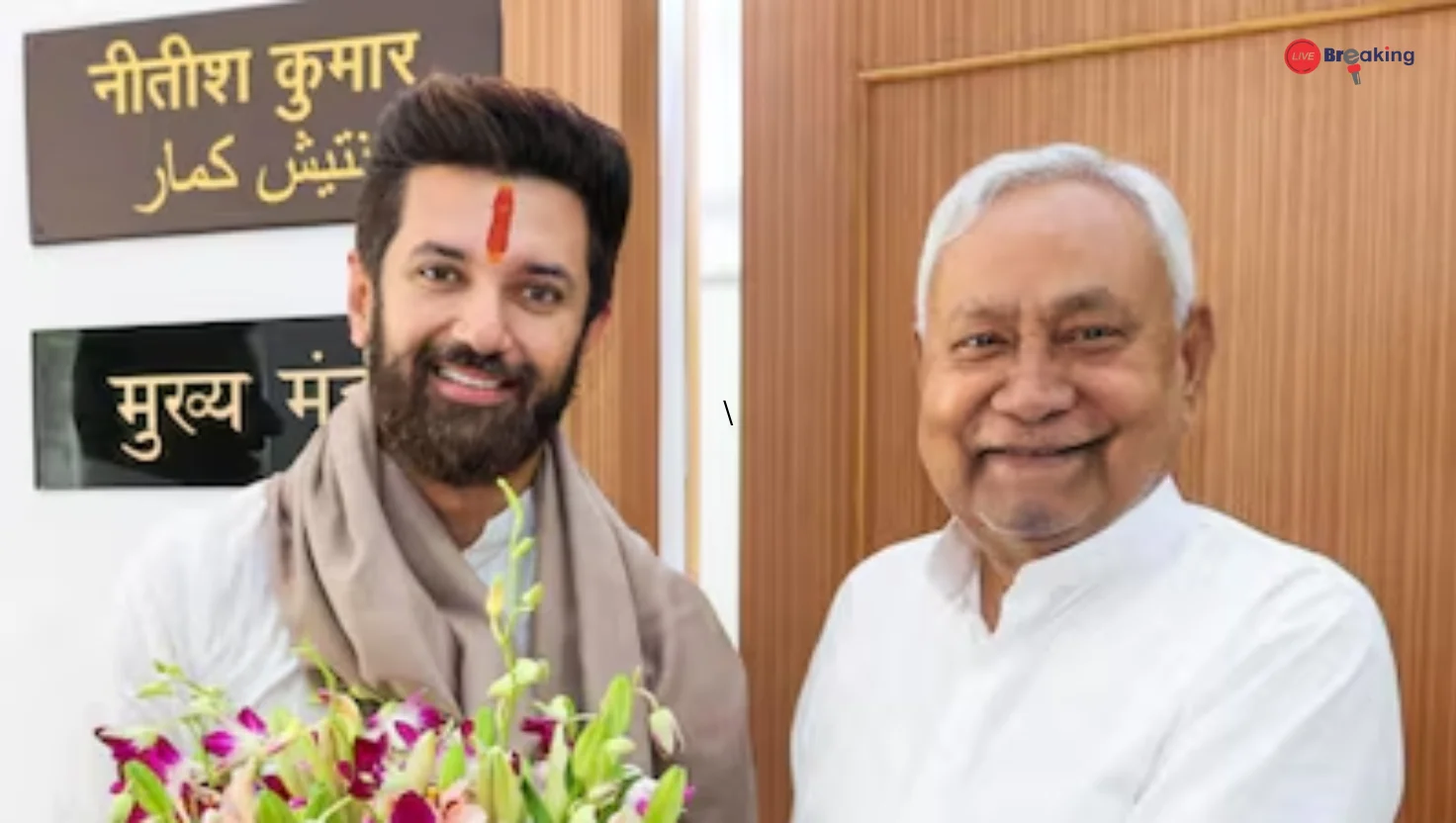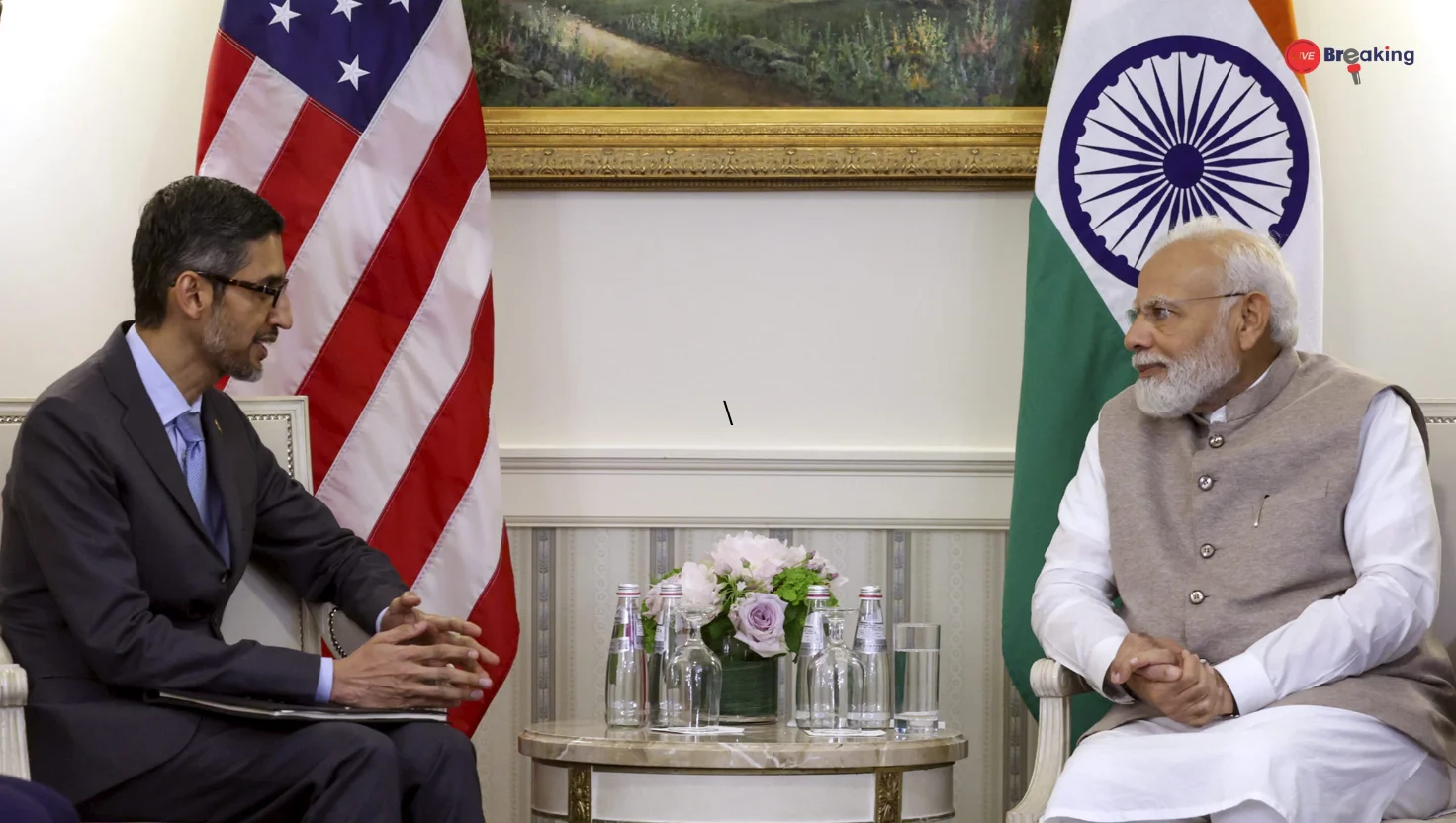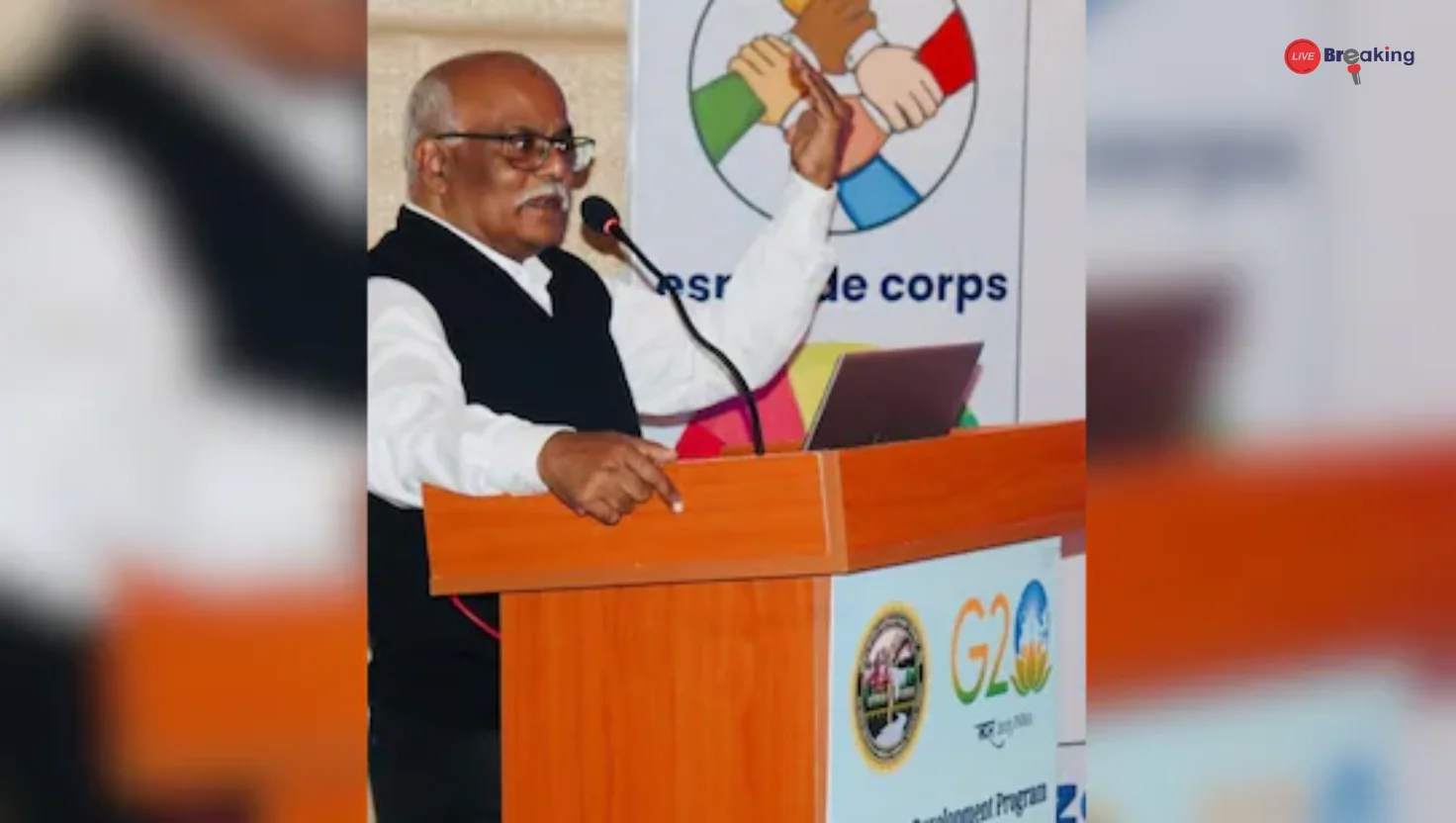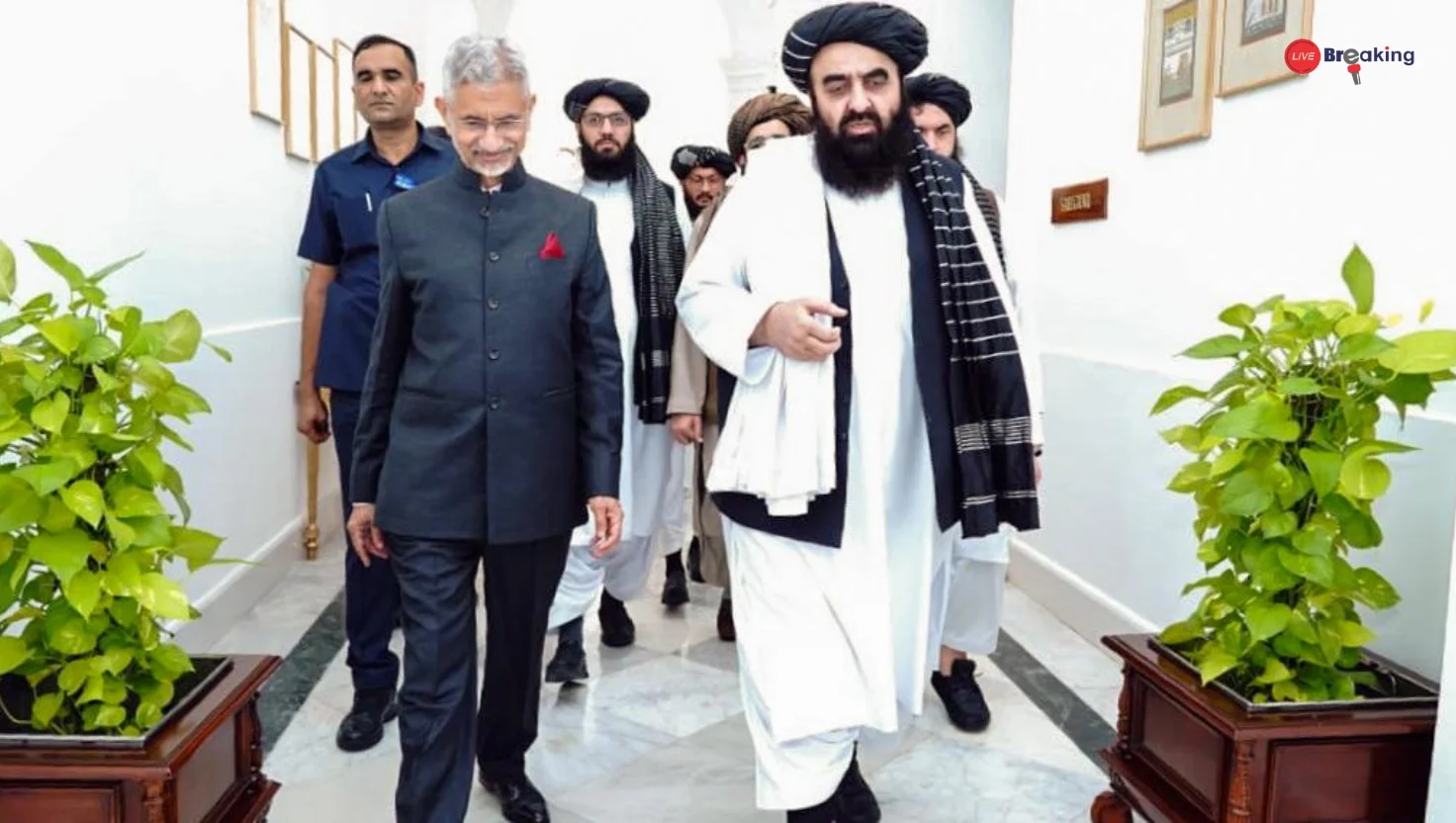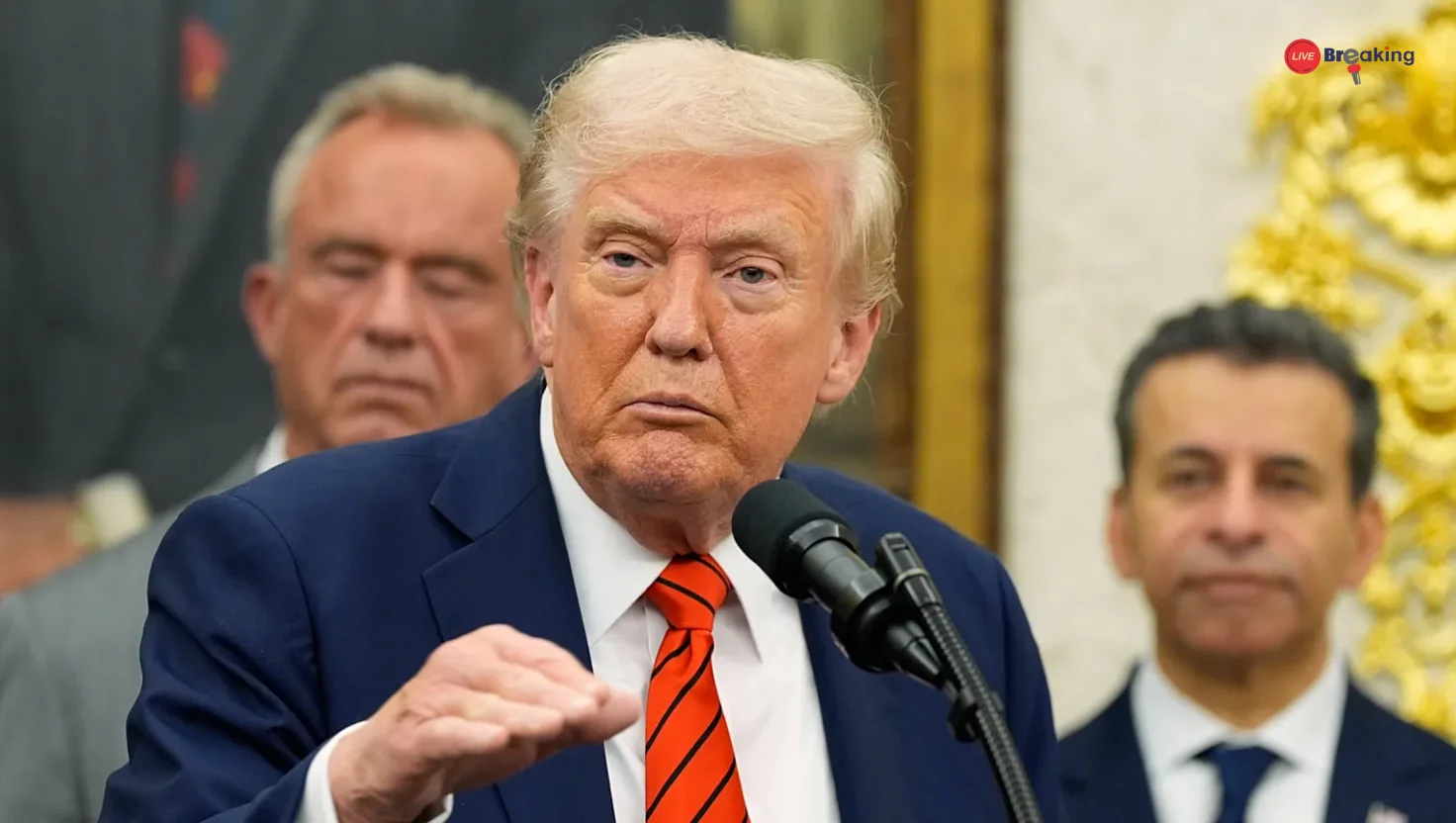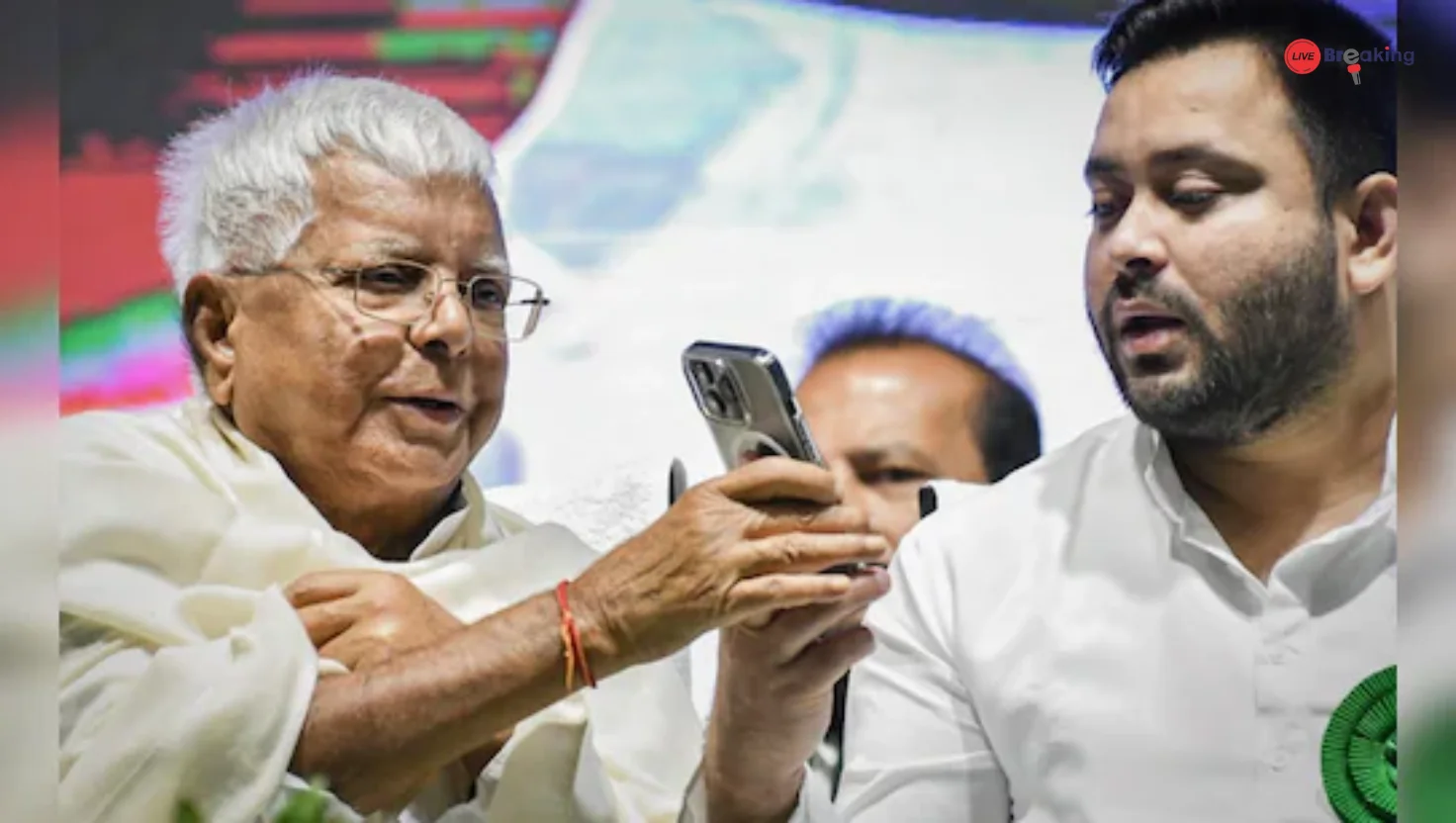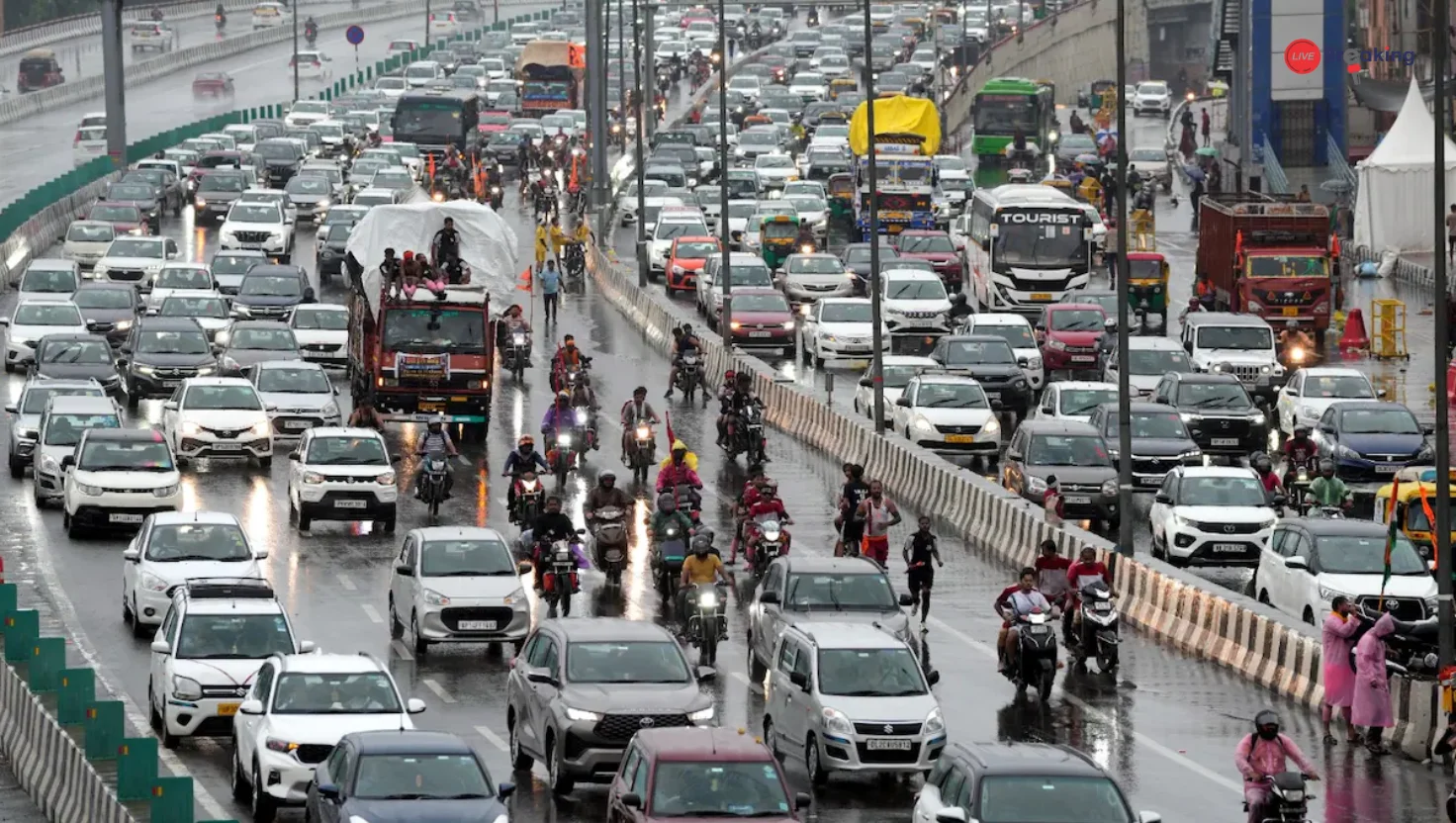Team Trump Plans More H-1B Visa Restrictions After $100,000 Fee Hike
In a move that has sent ripples across the global tech industry and immigrant workforce, former U.S. President Donald Trump’s campaign team is reportedly preparing new restrictions on the H-1B visa program — a crucial pathway for skilled foreign professionals, particularly in the technology, engineering, and healthcare sectors.
The plans come shortly after a proposed $100,000 application fee hike on certain employment-based visas, signaling a potential return to Trump-era immigration policies that prioritize domestic hiring over foreign talent. The combination of higher financial barriers and tighter regulations could significantly alter how companies in the United States hire skilled workers from abroad.
Back to “America First”
Trump’s advisers have hinted that the former President intends to reinvigorate his “America First” agenda if re-elected, with a renewed focus on protecting domestic jobs and curbing what his campaign calls the “abuse” of work visa programs.
The H-1B visa, which allows U.S. companies to employ foreign workers in specialty occupations, has long been a contentious issue in American politics. While businesses argue that the program fills critical talent gaps, critics — particularly within conservative circles — claim it undermines opportunities for American citizens and depresses wages in certain industries.
Trump’s earlier term saw several measures aimed at tightening the H-1B process, including tougher scrutiny of visa petitions, limited renewals, and stricter interpretations of “specialty occupation” roles. The latest proposals appear to extend that line of thinking, with plans for narrower eligibility criteria, increased compliance checks, and greater employer accountability.
Fee Hike Sparks Global Concern
The recent announcement of a $100,000 fee increase for H-1B visa sponsors — aimed at covering administrative and verification costs — has already sparked outrage among employers and foreign applicants alike.
For large tech firms that rely heavily on foreign talent, this hike represents a sharp escalation in hiring costs. Startups and mid-sized firms, often dependent on international specialists in software engineering or data science, could find the new costs prohibitively high.
The policy, combined with potential new restrictions, could deter companies from hiring overseas talent altogether, forcing them to look for local alternatives or offshore projects to other countries with more flexible visa policies such as Canada, the U.K., or Australia.
Analysts warn that this could undermine the U.S. innovation ecosystem, which has long benefited from the contributions of global professionals. Many of Silicon Valley’s leading engineers, researchers, and founders first entered the U.S. on H-1B visas — a fact that underscores how deeply the program is intertwined with the country’s technological success.
Political Messaging Over Economic Reality
Critics argue that the renewed H-1B crackdown is as much a political strategy as an economic one. Immigration remains a defining issue in U.S. elections, and Trump’s campaign appears keen on leveraging it to rally his base.
Read more: India Warns Pakistan: Avoid Aggression Over Sir Creek Dispute
By framing visa reforms as measures to “protect American jobs,” Trump’s team seeks to appeal to working-class voters in manufacturing-heavy states — a demographic that played a key role in his 2016 victory. However, economists and tech industry leaders caution that such measures could have unintended long-term consequences, including labor shortages in high-demand sectors and a slowdown in innovation-driven growth.
While some supporters of the policy insist that it will encourage companies to train and hire more local workers, others counter that the U.S. simply lacks sufficient domestic talent in key technical fields such as artificial intelligence, cybersecurity, and biotechnology. Restricting the entry of skilled professionals, they argue, could hamper the nation’s competitiveness in emerging technologies.
Uncertain Future for Applicants
For thousands of international students and professionals aspiring to work in the U.S., the new developments bring renewed uncertainty. Many who have spent years studying at American universities now face rising costs and shrinking chances of securing a work visa.
Immigration attorneys anticipate a surge in legal challenges if the proposed restrictions are enacted, especially if they echo earlier Trump-era rules that were struck down by federal courts for overstepping administrative authority.
Read more: “Lalu Dhritarashtra In Son’s Love”: Bihar Deputy CM Mahabharata Analogy Targets Lalu
Meanwhile, U.S. employers are likely to explore alternative immigration pathways, such as the L-1 intracompany transfer or the O-1 visa for individuals with extraordinary ability. However, these options are limited in scope and accessibility, leaving many skilled professionals in limbo.
Global Talent, Local Impact
The United States has long stood as a magnet for global talent, but recent policy shifts suggest that the balance may be changing. As nations like Canada and the United Kingdom actively court skilled immigrants with streamlined visa programs, the U.S. risks losing its edge as the top destination for innovation and opportunity.
If the proposed restrictions and fee hikes move forward, they could mark a new chapter in American immigration policy — one where economic pragmatism gives way to political posturing.
For now, both employers and foreign workers are watching closely, hoping that the final framework will strike a balance between protecting domestic interests and preserving America’s legacy as the global hub for talent and technology.

